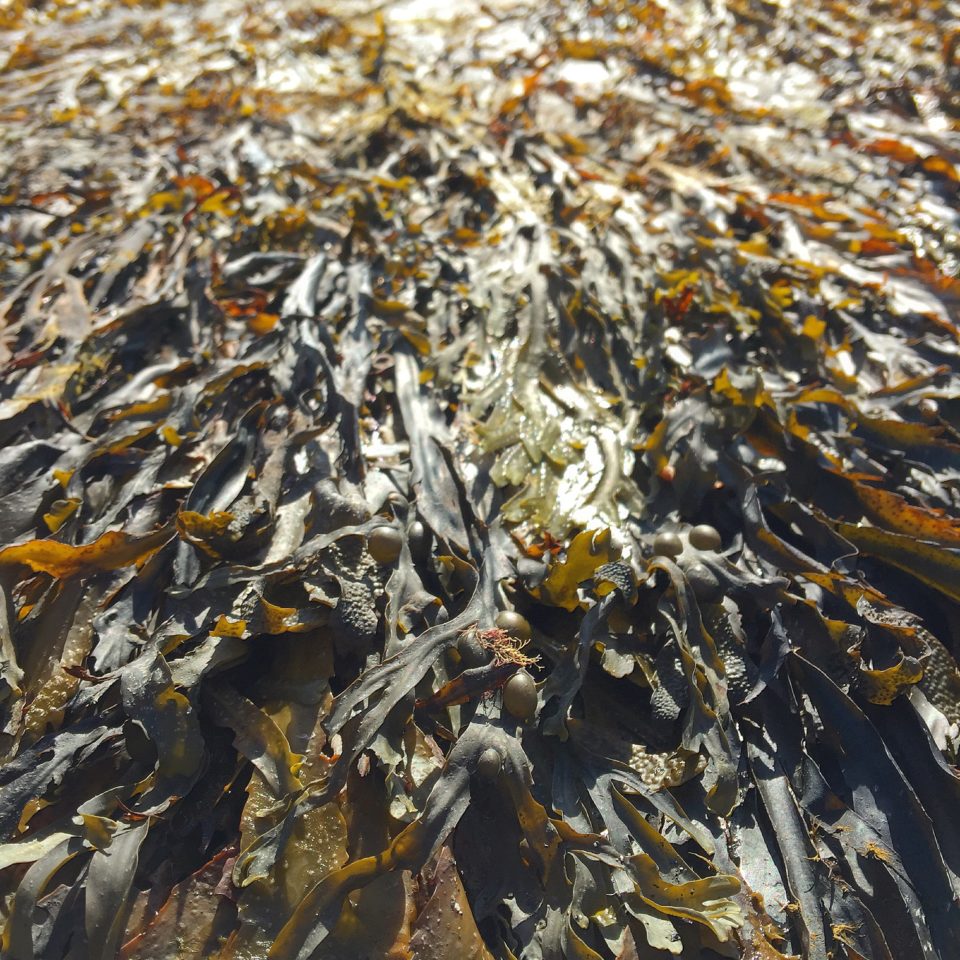The Current State of Seaweed: Part II
The growth of the seaweed aquaculture industry is good for the economy and good for the ocean. The process of growing seaweed is environmentally friendly. Apart from planting the seeds and ensuring the seaweed is in a clean environment, seaweed often does not need feed or additional attention. The plants can grow naturally. Seaweed farms also create safe and healthy nursery grounds for young fish and crustaceans that can later be harvested commercially or improve wild population levels. Merely the presence of seaweed farms prevents deep sea bottom trawling in certain areas and protects the sea floor.
Open ocean seaweed farms can even improve water quality. Many of the dangers the ocean faces today, specifically ocean acidification, can be mitigated by increasing the amount of seaweed grown. The World Bank predicts that achieving a global production of 500 million tons of seaweed by 2050 would absorb 10 million tons of nitrogen, which is 30 percent of the nitrogen estimated to enter the ocean, and 15 million tons of phosphorus, which is 33 percent of the total phosphorus produced through fertilizers, from the ocean. Rising carbon dioxide levels, the leading cause of ocean acidification, can also be mitigated through seaweed. Seaweed has an amazing carbon dioxide uptake and storage; kelp takes in five times more carbon than most land-based plants. That same seaweed production of 500 million tons would consume 135 million tons of carbon, which is 3.2 percent of the carbon added to seawater each year from greenhouse gas emissions.

Increasing seaweed aquaculture production may open the door for a more efficient form of renewable energy: biomass. The many environmental benefits of growing seaweed make it a unique solution to the renewable energy challenge. In addition, seaweed’s potential to be cultivated in seawater may lessen the growing competition for access to land and freshwater. In the United States, biomass-derived energy accounted for roughly five percent of the country’s energy in 2015, making biomass the largest form of renewable energy. The ARPA-E estimated that seaweed cultivation in the United States has the potential to reach 500 million tons of red and brown algae, providing more energy than over 23 billion gallons of gasoline. However, current seaweed production has not yet reached the scale necessary to drive down costs and encourage a seaweed biomass industry.
Seaweed’s ability to break down environmental pollutants also makes its development a top priority for the aquaculture industry. Fish farming comes with many environmental challenges, mainly feed consumption. Some of the concerns about open-sea fisheries come from the fear that excess feed and fish feces negatively impact the surrounding ecosystem. A solution to mitigate the excess organic and inorganic deposits left from farms is integrated multi-trophic aquaculture. Adding crustaceans and aquatic plants to finfish operations can turn fish byproducts into inputs for another species. According to research from SINTEF, the nitrogen emissions from salmon farming can be reused by kelp and help the kelp plant grow to a significantly larger size.
Safe and sustainable, seaweed aquaculture might be the much-needed solution to the question of responsibly feeding the world’s growing population.
This post was created by GSA Summer 2017 Intern Tyler Work.




